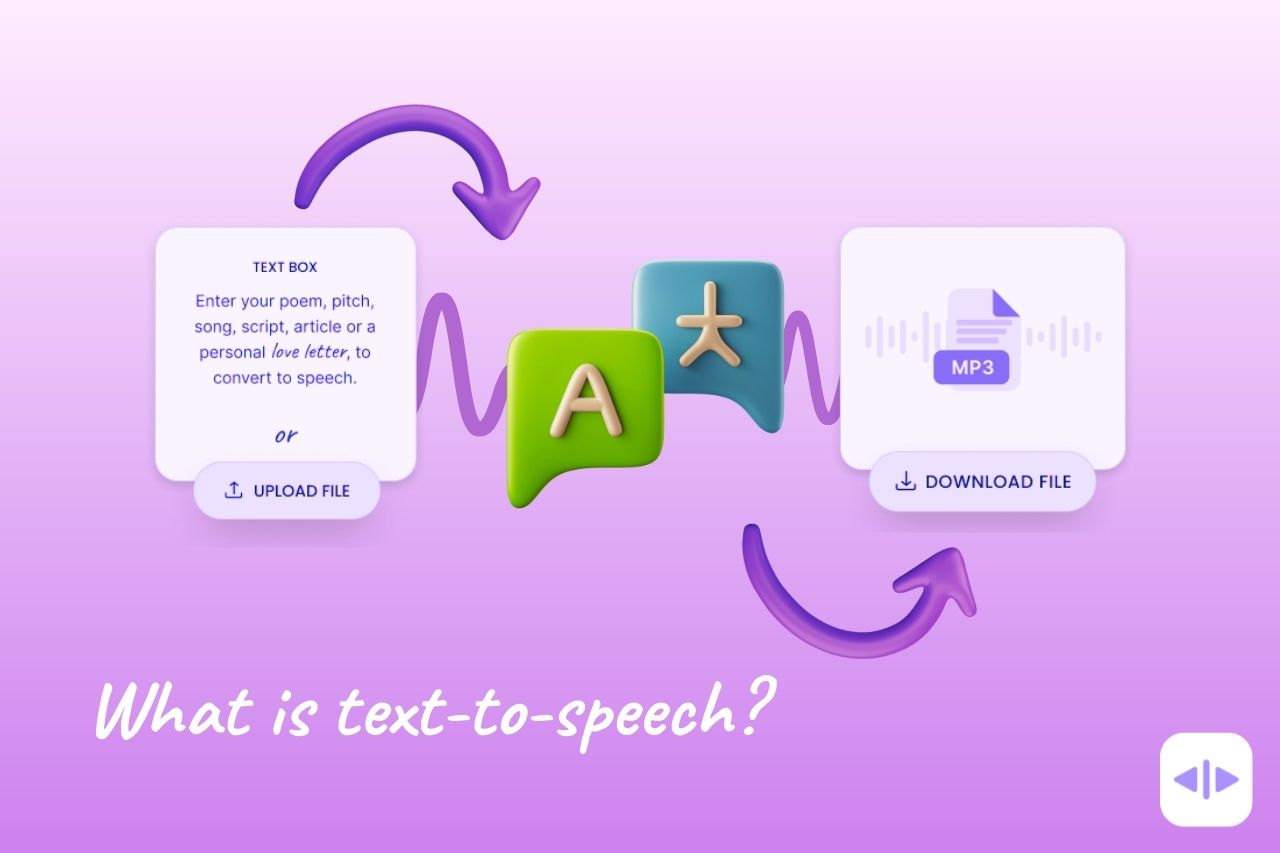TTS, or Text-to-Speech, is used to help people with visual impairments and to deliver information more efficiently. AI-powered algorithms can transform written text into understandable audio.
TTS has become so realistic, cost-effective, and available that it can be used for video voice overs, audiobooks, presentations, and podcasts with no need for human voice actors.
In India, TTS systems could work with all Indian languages if regional language support is embedded. This could help with literacy levels across the country.
However, for this technology to be used in India, there must be fair competition among service providers and users’ privacy must be respected.
Thanks to AI, soon we’ll be able to have Morgan Freeman narrate our grocery lists!
Advancements in TTS Technology Driven by Artificial Intelligence (AI)
To understand the advancements in text-to-speech technology driven by artificial intelligence in India, you need to explore its benefits and market growth. AI-powered TTS technology has several benefits that are not possible with traditional TTS technology. In this section, we will explore the benefits of AI-powered TTS technology and the TTS market growth in India – two subsections that provide solutions for the aforementioned topic in the article.
Benefits of AI-powered TTS Technology
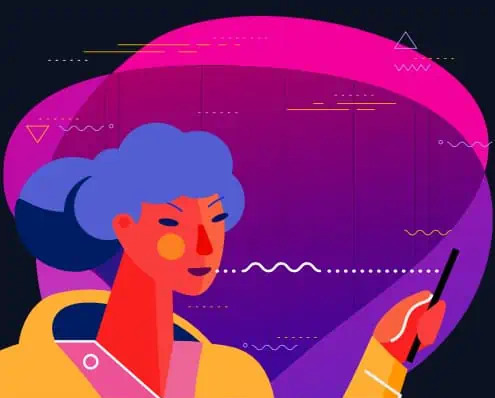
AI-powered TTS tech brings many advantages, like improved accuracy and efficiency. This tech utilizes natural language processing to create realistic speech, allowing users to make audio content quickly.
- More Accessible: AI-powered TTS tech lets creators reach more people with access features.
- Affordable: AI-powered TTS tech cuts the cost of making audio content by eliminating the need for human voice overs.
- Efficient and Scalable: This tech enables users to produce large amounts of quality audio content quickly and easily.
- Creative Control: AI-powered TTS tech allows creators to customize voices and intonation with ease, giving them more control over their projects.
- Many Languages: This tech can translate from a single source into different languages.
- Inclusive Learning: People with visual impairments can access online learning materials through audio media, thanks to this tech.
AI is constantly changing industries – predicting disease outbreaks, self-driving cars, and more! Don’t miss out on these technologies or you’ll be left behind. Get in the game now! AI’s bringing new voices to the phrase ‘From Bombay to Bangalore’ with TTS tech driving India’s market growth.
TTS Market Growth in India
Text-to-Speech (TTS) tech is booming in India, thanks to Artificial Intelligence (AI) developments. As seen below, the growth rate of the TTS market from 2018-2021 is around 62%.
| Year | TTS Market Revenue (in billion INR) |
| 2018 | 1.5 |
| 2019 | 2.6 |
| 2020 | 3.7 |
| 2021 | 4.9 |
Smartphones and voice-enabled smart devices are adding to the potential of the TTS market. Plus, AI and natural language processing advancements will aid in further expansion.
Pro Tip: Bollywood fans in India can experience even more with TTS tech – they can hear their favourite stars in any language!
Use Cases of TTS Technology in India
To discover the best possible use cases of the Text to Speech (TTS) technology in India, turn your attention to this section. With this article, you will explore various applications of TTS across different sectors as solutions in education, healthcare, and e-commerce.
Education Sector

TTS Technology is revolutionizing learning experiences. Synthesized voices are embraced by educators to help hearing impaired students, or those with learning disabilities or English as a second language. Text-to-speech software can support reading, writing, and listening skills.
Also, bulky academic materials can be transformed into audio-books. This makes them accessible for disabled students everywhere. Education is leveraging voice enabled AI systems like Siri and Alexa to retrieve information from online resources.
TTS Technology helps create content like narrating educational videos, speeches, and tutorials. It is also non-obsolescent, meaning it remains relevant over time. TTS Tech is used in Universities, complying with Accessibility standards through automated captioning. Who needs a doctor’s appointment when you have TTS?
Healthcare Sector

TTS technology has become very useful in the medical sector. It helps improve patient care, access, and reduces wait-times for appointments. Plus, it can help the visually impaired with medicines and prescriptions.
Also, it gives a recorded report of patient health history. This can be shared with doctors and be used to make informed decisions about the patient’s care plan. Medical reports and documents can be converted to audio. This makes them accessible to both patients and healthcare professionals.
Moreover, TTS tech can save time by transcribing notes during consultations or recording sensitive info. It allows doctors to quickly access past reports and treatments. Plus, it can provide visual aids for video streaming.
Remember: When using TTS in healthcare, ensure all software is compliant with regulatory and compliance standards. Additionally, it even lets the visually impaired ‘window-shop’ in the e-commerce world!
E-Commerce Sector

Text-to-Speech (TTS) technology has made its way into multiple sectors in India, including E-commerce. It boosts communication between customers and companies. Here’s a table showing the different use cases of TTS tech in the E-commerce sector:
| Use Cases | Description |
| Customer Support | Automated voice bots answer customer queries using natural language processing. |
| Product Info & Description | TTS converts product descriptions to speech, so customers can learn more. |
| Personalised Recommendations | AI-powered personalization engines suggest products based on previous orders. |
| Voice Search | Customers can search for products with their voice, saving time. |
TTS also helps people with difficulty reading or who are visually impaired.
To stay competitive, you need to keep up with new tech. Integrating TTS into E-commerce is one such step.
Wondering how to actually implement this? Step into the future of text-to-speech technology with Dubverse SAY that converts your text into captivating audio content using a wide range of realistic voices in over 30+ languages.
Imagine effortlessly creating podcasts or adding professional voiceovers to your videos in just a matter of minutes. You can even choose from a diverse selection of 200+ speakers, each with different accents, genders, and tones to suit your needs!
Challenges and Limitations of TTS Technology in India
To understand the challenges and limitations of TTS technology in India, focus on the solutions for regional language support, cultural sensitivity, and voice customization for diverse audiences.
Regional Language Support

TTS technology in India poses a challenge due to lack of regional language support. This blocks access to info and communication for many that don’t speak English or Hindi. To solve this, TTS developers must create models that accurately convert regional languages into speech.
High-quality textual data is also needed for training TTS models. Such data is scarce for underrepresented languages. Collaborations between researchers, government bodies and local language communities are necessary for creating well-annotated data sets.
Integrating TTS tech with NLP and speech recognition software can enhance its performance, but high-quality NLP tools require abundant data sets. These should consider dialectal variations. All stakeholders must take part to harness the potential of TTS tech, including policymakers, researchers, language communities and industries.
Without fully utilizing TTS tech, opportunities could be lost, leading to cultural and economic deprivation. Solutions must be found to provide native-language support, annotate data sets, and adapt foreign tech to Indian users.
Cultural Sensitivity
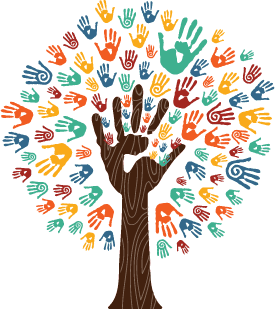
TTS technology in India has challenges and limitations regarding cultural sensitivity. It needs to consider many dialects, accents, and regional languages. Algorithms must account for speech patterns and nuances to avoid misunderstandings. Natural sounding voice models which reflect local speech styles should be used to engage users.
Still, distinctions between regions may remain. It is important to recognize and tailor solutions to these. Homogenizing speaking styles could lead to alienation and distrust of the technology.
It is essential to acknowledge Indian culture when developing TTS software. This will prevent stereotypes and accurately represent the diversity of voices. If not, users may reject it.
No matter who you are, the technology should sound like it’s speaking directly to you! Woof woof!
Voice Customization for Diverse Audiences
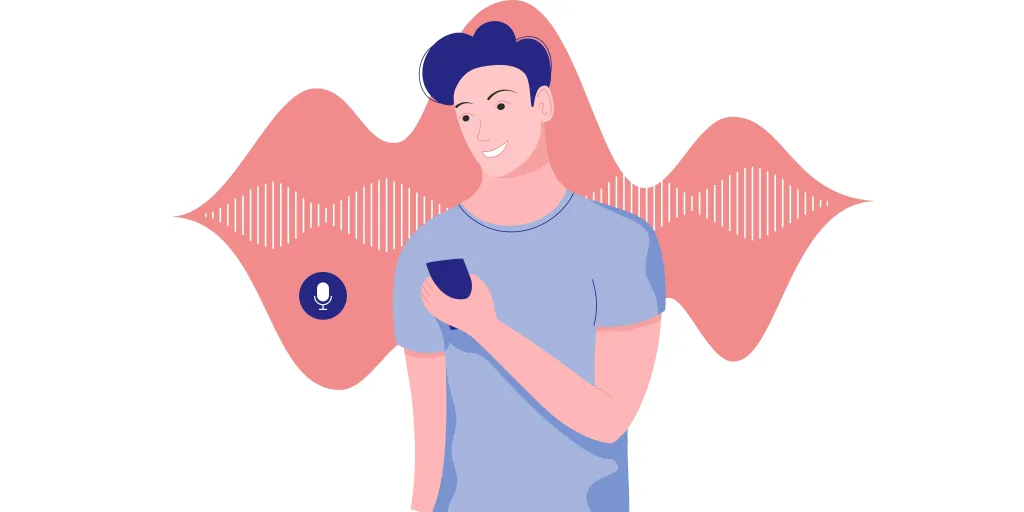
Meeting the voice preferences of a vast audience is an inherent challenge that TTS tech in India faces. Providing custom-made voices catering to the local dialects, pronunciations and accents is essential for better interaction. This factor has a major role in boosting user experience and recognition.
Designing voices with gender and age appropriateness adds another layer of complexity. It requires additional resources and specific technical specifications. This customisation process also involves identity emphasis, which helps infuse personality into voiceovers, making them more relatable and engaging.
Moreover, multilingual abilities cause logistical difficulties when implementing NLP models. Identifying tone, emphasis and natural flow patterns along with providing real-time sentence delivery for complicated phrases – all become necessary yet demanding.
In 2017, Google addressed challenges through a deep neural network approach, launching a bilingual synthetic speech recognizer for regional languages like Hindi. Similarly, providing text-to-speech mobile apps with offline capabilities has eased communication in regions with poor connectivity.
The future of TTS tech in India looks bright, but let’s hope it doesn’t sound like a monotone operator on a customer service helpline!
Future of TTS Technology in India
To explore the future of TTS technology in India with voice assistants and smart homes, application of TTS technology in daily life, and integration with other AI-powered technologies. Discover the unique benefits and possibilities that come with each sub-section as we delve into the next level of TTS technology in India.
Voice Assistants and Smart Homes

Voice-controlled virtual assistants like Alexa, Google Assistant and Siri are giving people control over their smart devices without needing to use their hands. These assistants can manage media, switch lights and thermostats, open doors, give weather forecasts and news updates, and even do financial transactions.
Speech recognition technology has incredibly improved and the accuracy rate is now over 95%. In India, many consumers are using these smart speakers for music streaming and as personal assistants to set reminders or read books. The growth of e-commerce platforms in India is also boosting voice commerce, enabling users to order products verbally through these devices.
Furthermore, voice assistants have made life easier for those with disabilities by turning home devices into disability aids. People with visual or hearing impairments can use these assistants to control locks and other appliances.
Pro Tip: When choosing a voice assistant for your smart home, consider the compatibility of devices you already own and the regular software updates from the manufacturer. Who needs coffee when you can have TTS technology to read out the news and weather for you?
Application of TTS Technology in Daily Life

TTS tech has transformed the way we use devices, making life more comfortable. We can get text-based info through audio output devices like speakers or earphones. This lets us multitask and get info even when our eyes can’t focus on screens.
TTS tech has many uses. People with visual impairments can use it to access books, emails, etc. without help. Busy professionals can use it to multitask while driving or working out by listening to emails, news stories, etc. Schools and colleges can use it too, so students who struggle with reading can hear their textbooks’ content instead of struggling with the text.
In India, TTS tech could be integrated into smartphones for enhanced interactivity. It could provide accessibility features like read-aloud options, catering to people who have trouble reading.
Integrating multiple applications like support for local languages and improved voice quality is possible with TTS systems in India’s future. This approach towards innovation and advancement leads to lots of implementations for different industries while boosting convenience in daily routines.
TTS tech is partnering up with AI-powered chatbots and virtual assistants, creating a team of unstoppable tech-savvy superheroes!
Integration with other AI-powered Technologies

Integrating TTS technology with other advanced AI-powered systems can revolutionize communication. It can enhance user experience and increase productivity by automating certain tasks and providing real-time feedback.
Chatbots can use TTS tech to interact with users more effectively, providing voice-based responses. NLP technology combined with TTS can help accurately convert written text into speech. Emotion recognition can be added to TTS systems to express different emotions, making communication more human-like. A combo of speech-to-text and TTS can create a seamless interaction between voice commands and responses.
TTS integration with translation services can break down language barriers and improve accessibility. Developers need to consider additional features like voice cloning or accent customization to cater to individual needs. TTS should also be optimized for different devices like smartphones or smart speakers.
Exploring new horizons of integrating advanced technologies with TTS systems is crucial to bring changes in human-technology interactions in India and beyond. Say goodbye to reading, and hello to listening – TTS technology is about to transform the way we consume information in India.
A Better Future with Text-to-Speech
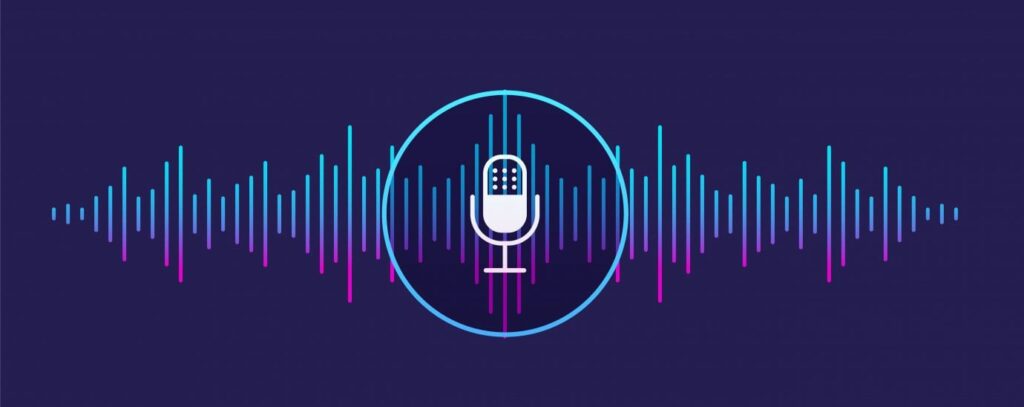
TTS technology could revolutionize traditional communication methods in India. AI continues to advance, so we can expect TTS to get better. This tech can improve accessibility and literacy in the country. TTS can help students struggling with reading, or those who can’t read due to visual impairments. Businesses can use it to reach diverse audiences through media presentations or mobile apps. TTS tech might make navigating safety hazards like driving or operating heavy machinery easier. It eliminates the need to physically interact with devices, reducing distractions-related accidents.
The first-ever TTS software was introduced in 1961 at IBM labs. Back then, incomplete language models and incorrect punctuation were challenges. These facts and figures show that TTS tech has huge potential to transform how we communicate with information in today’s digital era.
In 2023, we at Dubverse aim to lead this transformation with Dubverse SAY. Whether you want to start a podcast or enhance your videos with professional voiceovers, Dubverse SAY delivers exceptional results. With a wide range of speakers to choose from, including different accents, ages, and genders, your audio content will truly come to life.
And when it’s time to share your audio creations, Dubverse makes it simple. With just a few clicks, you can easily distribute your speech on social media or via email. Dubverse goes beyond SAY, offering content creators a comprehensive set of tools for global content localization.
To summarize, TTS technology is poised to disrupt traditional communication methods in India. With further advancements, it has the potential to bring about a significant change in how we interact with information.
Frequently Asked Questions
1. What is Text to Speech technology and how does it work?
Text to Speech (TTS) technology is an AI-powered system that converts written text into audible speech. This technology works by breaking down written language into individual sounds which are then interpreted by the AI algorithm to form a coherent spoken sentence. TTS technology is commonly used in voice assistants, audiobooks, language translation software, and many other applications.
2. What is the future of TTS technology in India?
The future of TTS technology in India is bright. With India becoming a global hub for AI research and development, TTS technology is expected to grow at a rapid pace in the country. The Indian TTS market is expected to reach a size of $200 million by 2025, driven largely by increasing demand for virtual assistants and other voice-enabled applications.
3. What are the advantages of TTS technology?
The advantages of TTS technology are many. This technology can save time and effort in reading written text, particularly for people who are visually impaired or have difficulty reading. TTS technology can also be used to create more engaging content for learners, offer more natural-sounding voiceovers for audio and video content, and improve accessibility for all.
4. What are the current limitations of TTS technology?
One of the current limitations of TTS technology is that it can sound robotic and unnatural. This can make it difficult to listen to for extended periods or for applications where a human touch is necessary, such as emotional storytelling or public speaking. Another challenge is that TTS technology has difficulty interpreting non-standard or slang language, making it less effective for certain applications.
5. How is the quality of TTS technology improving?
The quality of TTS technology is improving due to advances in AI algorithms and machine learning techniques. Additionally, the availability of large datasets of natural human speech is helping to improve the accuracy and fluency of TTS technology. In the future, TTS technology is expected to become more context-aware, enabling it to better interpret nuances in language and produce more natural-sounding speech.
6. What are some popular TTS applications in India?
Some popular TTS applications in India include virtual assistants like Amazon’s Alexa and Google’s Assistant, language translation software like Google Translate, and educational apps like Byju’s Learning App. Additionally, TTS technology is used in industries such as e-commerce, entertainment, and automotive to offer more personalized and engaging experiences to customers.
